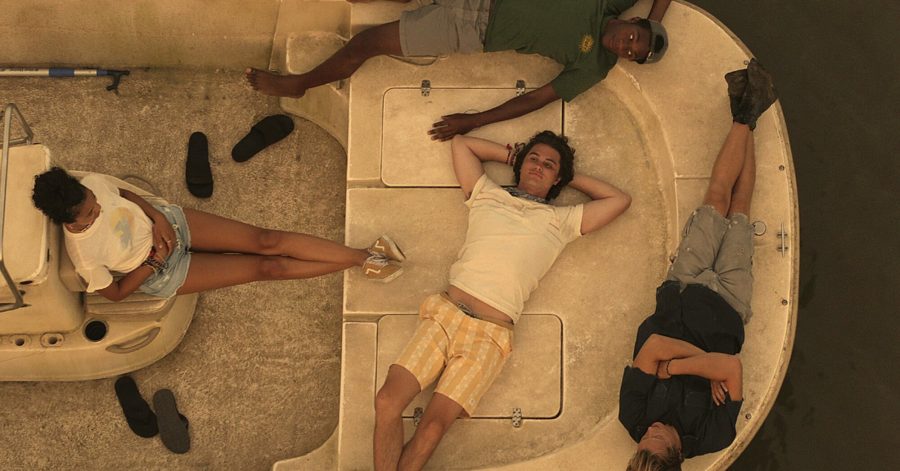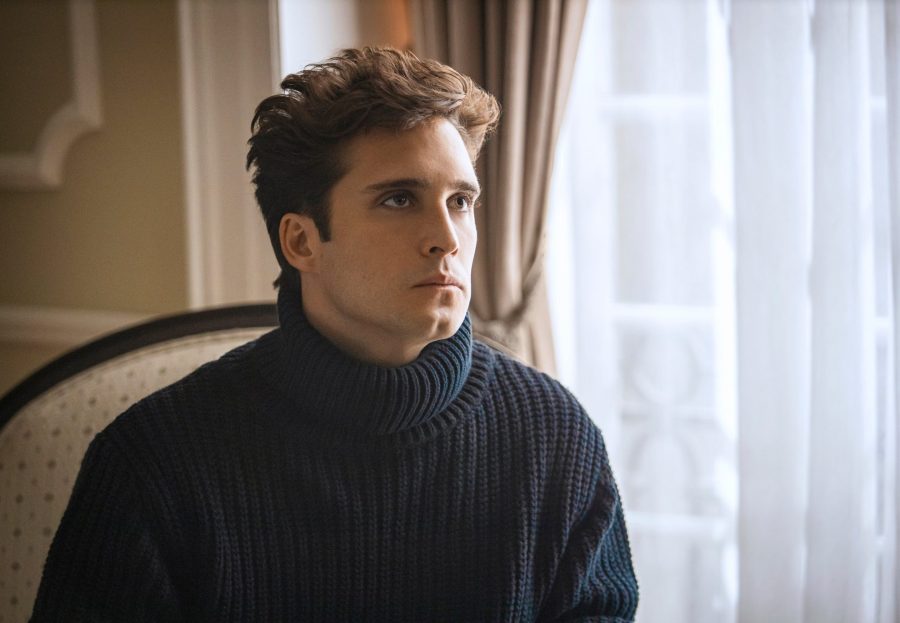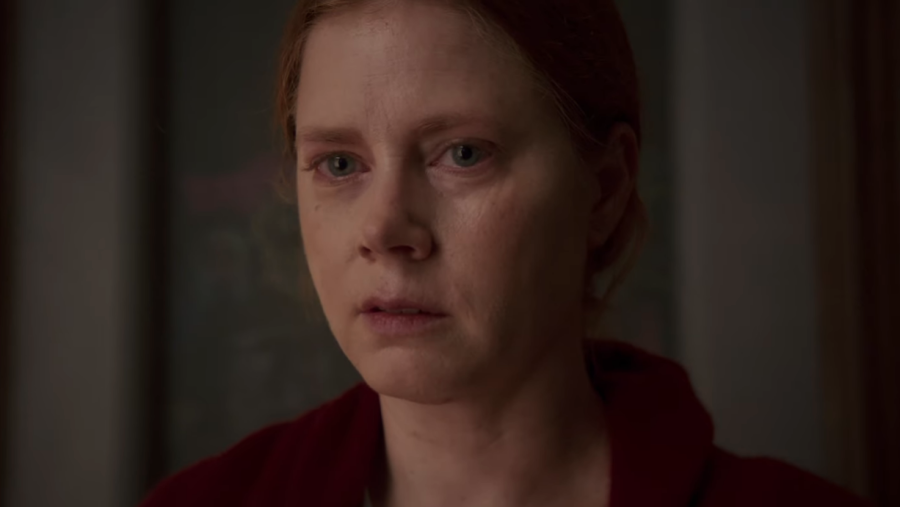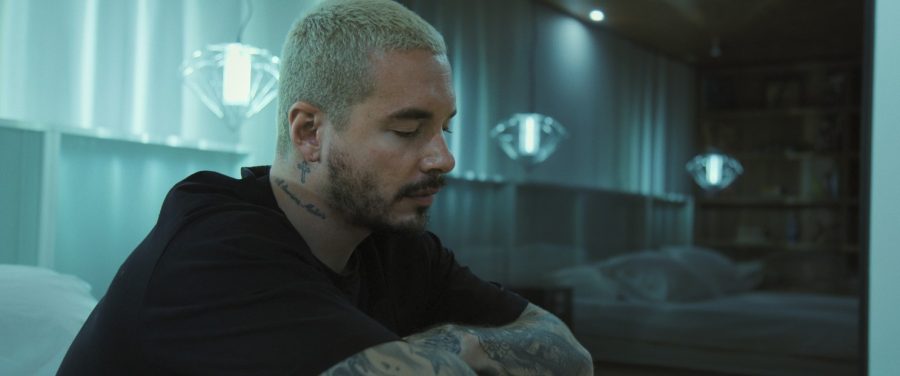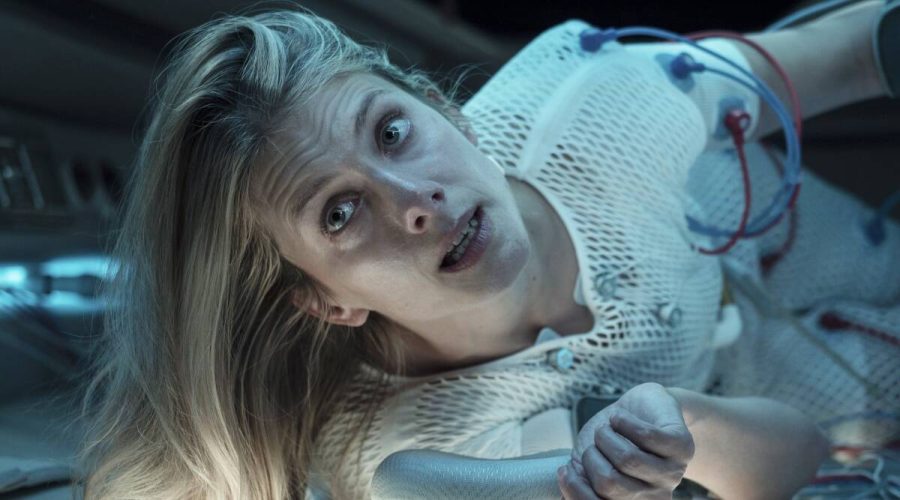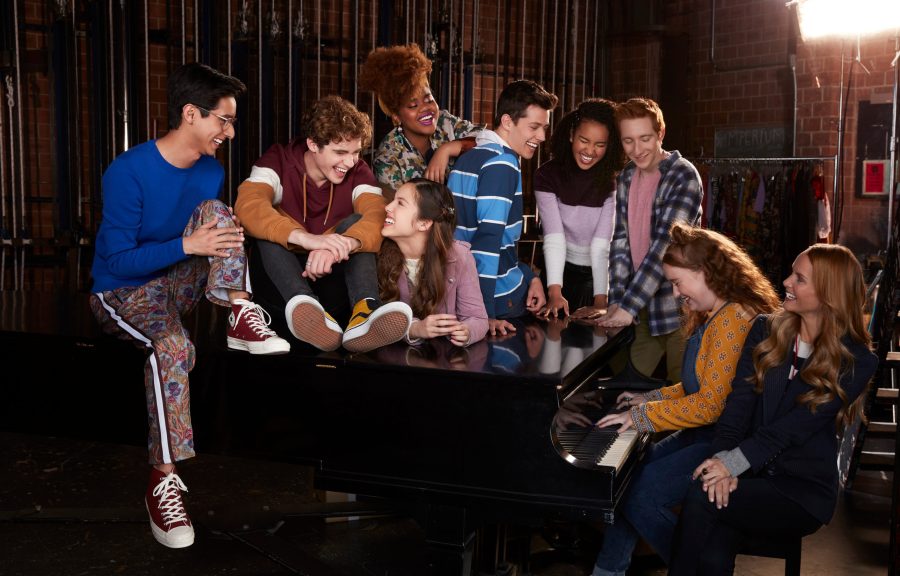“Outer Banks” is not the teen drama you’d expect.
Although Netflix advertises it as such, “ Outer Banks” is not your typical soapy teen drama. I would even argue this label to be a misnomer, considering that “Outer Banks” avoids the trite cliches characteristic of this genre such as love triangles, high school sports, and teen-parent conflict. Instead, “Outer Banks” discards these tropes and memorably surprises viewers with a complexity unseen in most teen dramas with its originality and commentary on classism and abuse.
“Outer Banks” begins with a good-natured spirit for adventure. The Pogues, composed of John Booker Routledge (Chase Stokes) and friends JJ (Rudy Pankow), Pope (Jonathan Daviss), and Kiara (Madison Bailey) are scrappy, independent, and accustomed to living life on the edge. When looking to blow off steam from cleaning up after the hurricane that devastates their town, they stumble on a treasure hunt mystery linked to John B.’s father’s disappearance nine months prior. That, coupled with Child Services’ intrusion into John B.’s guardian-less life, the unexpected arrival of hitmen nipping at their heels, and a violent, hateful struggle between the Pogues and their wealthy island rivals, the Kooks, underscores the fact that this treasure hunt is anything but simple. It all feels very S.E.Hinton-meets-the-conspiracy-theories-of-National-Treasure in a way that strangely works. And despite being vaguely reminiscent of these older classics, “Outer Banks” maintains freshness with its rich, interwoven storylines.
For example, there were opportunities where the show could have easily relied on overdone tropes, but avoided doing so, creating an unexpectedly engaging viewing experience. Within the first episode, I was ready to roll my eyes at what I expected to be a nascent love triangle between John B., Kiara, and JJ, but was pleasantly surprised when Kiara, the female lead, rejected John B. ‘s advances and stressed to him the importance of maintaining solid friendships. To me, this kind of character development is unseen in contemporary teen dramas such as “Riverdale,” and I appreciated that Kiara was written as a female character with agency instead of letting her inability to handle a difficult situation become cheap entertainment. These surprises continued throughout the first season and are partly responsible for why “Outer Banks” is so bingeable. And where most teen dramas prefer to focus on a singular group of teen frenemies that trade dating partners as a source of conflict with one another, “Outer Banks” once again defies stereotypes with its focus on the Pogues’ friendship and teamwork to overcome challenges as a group under high stress environments.
The show’s originality also stems from its authenticity, which shines through several aspects of its production including writing, character portrayal, and cinematography. I’ll be the first to admit that the characters aren’t immediately likeable. After all, our first experience with the Pogues involves them breaking and entering, taunting a cop, and a Kook v. Pogue brawl that ends only because one of the teens brings a stolen gun to a public place. Objectively, none of these behaviors are very likeable, nor should they be glorified. However, by the end of the first episode, the real villains are differentiable and the Pogues are easy heroes to root for—flaws included.
The Pogues give strong performances both individually and as a group. It’s difficult to imagine any of the actors swapping characters, which speaks volumes about the writing and the actors’ ability to make their respective parts feel real. Rudy Pankow as JJ is a standout as he balances an endearing recklessness and sardonic charm that masks the abuse he deals with at home. John B.’s conscientiousness and faith in his father gives his character a depth that redeems his more questionable behaviors such as stealing, trespassing, and lying to authorities. Similar to other teen dramas, there is a convenient absence of adults, but it feels more excusable, considering that the instability of Cut families emphasizes survival and independence in Pogues, while the indifference of wealthy Kook parents influences their entitled teens’ attitudes. Despite the actors all being older than 16, performances do not rely on overdone teen stereotypes—each character feels like a real person with genuine motivations for their behaviors. Accordingly, Outer Banks gifts viewers with thoughtful storytelling by preserving each character’s integrity.
Furthermore, the emphasis on location in “Outer Banks” ties the show together nicely, influencing wardrobes, attitudes, and our sense that these are teenagers exploring a world much larger than themselves, again reinforcing the realism of the characters and their stories. Frames tinged with Carolinian golden hour glow and scenic wide shots immerse viewers in John B.’s world and inspire a sense of adventure. Whereas the closed-quarter sets of “Outer Banks’” contemporaries can appear more performative, this open, exploratory approach feels fresh and never contrived.
I may have found John B.’s and Sarah Cameron’s relationship (Madelyn Cline) to be melodramatic at times, and the reason Sarah and Kiara detested each other was unconvincing. Both of these storylines felt a little weak in comparison to the honest portrayal of relationships in this show. However, these are two very minor issues within “Outer Banks” larger season, and they don’t detract from the season’s overall quality.
Overall, “Outer Banks” is a wild ride and worth every minute. It pits its protagonists against high stakes, but also gives them the tools to overcome their obstacles, which makes a hard-earned victory at the end of the season all the more enjoyable. Hopefully the already-confirmed Season 2 provides as much excitement as this first season did, but until then, you can get tan with the teens of North Carolina on Netflix.
Grade: A
Creators: Josh Pate, Jonas Pate, Shannon Burke
Starring: Chase Stokes, Madelyn Cline, Madison Bailey, Jonathan Daviss, Rudy Pankow, Austin North, Charles Esten, Drew Starkey
Release Date: April 15, 2020
Rated: TV-MA
Image courtesy of Entertainment Weekly.


